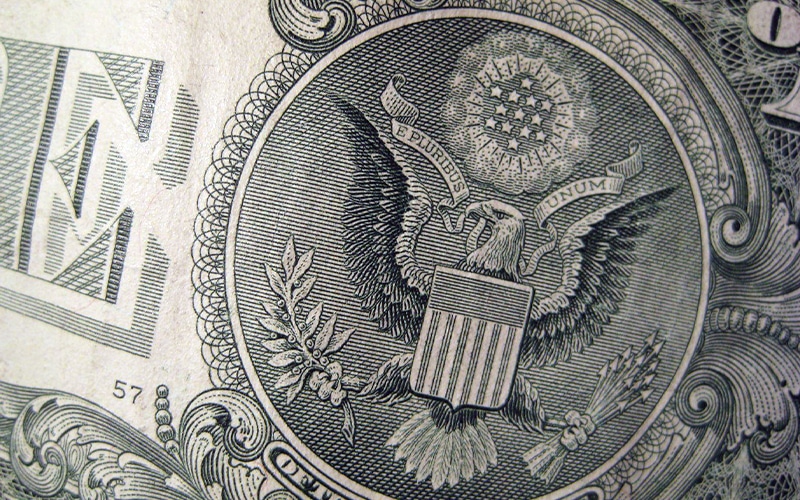In Brief:
- The U.S. CBDC issuance is likely between 2025 and 2030, according to Bank of America.
- Strategists also said the U.S. would benefit from releasing a CBDC as it could preserve dollar supremacy.
The US is planning on issuing its own digital currency, or central bank digital currencies (CBDC) between 2025 and 2030, as per Bank of America Corp.
Strategists Andre Moss and Alkesh Shah wrote in a Monday report that U.S. government-backed coins or CBDC are an “inevitable evolution of today’s digital currencies.” They also mentioned that use of digital currencies issued by private entities is likely to grow.
The bank said in a report titled “U.S. CBDC: First Step in a Long Journey” that CBDC would differ from existing digital currencies available to the general public because it would be a liability of the Federal Reserve. This indicates that there would be no liquidity or credit risk for the digital currency.
The bank also showed concern over the risks of releasing CBDC saying there could be a cash shortage if customers were to suddenly turn their cash digital. Moreover, CBDC could also decrease the efficacy of monetary policy implementation. This translates to – it could change the way the Fed currently prints and injects cash into the financial system to stimulate the economy.
Considering all these factors, the bank suggested that the U.S. have to focus on making the CBDC “privacy-protected” intermediated.
In a 35-page paper released last week, the federal reserve mentioned the pros and cons of a potential U.S. CBDC. The Federal Reserve also discussed developing its own coin, but will only proceed further after approval from the White House and Congress.
A digital dollar could have several benefits, such as making cross-border payments cheaper and faster. However, it also has certain risk factors associated with it, such as possible runs on financial firms and a reduction in the amount of deposits in the banking system.
Strategists Moss and Shah also wrote in a report, the U.S. would benefit from issuing a CBDC because it could potentially keep the dollar as the world’s reserve currency, though they didn’t explain how a CBDC would accomplish this.
The Federal Reserve has been preparing to release a research paper to discuss potential risks and benefits of CBDC since May last year. On 20th January, the Fed finally released the paper and asked for public comment on these issues by May 20.
According to the strategists, there would be a significant increase in the use of stablecoin for payments over the next several years as financial institutions explore digital asset custody and trading solutions. Also, payment companies will integrate blockchain technology into their systems.
While the U.S. is still researching the benefits of developing its CBDC, China has already decided to establish a digital asset exchange in Beijing as part of its Virtual Yuan Push. The report finished by emphasizing that China’s CBDC has the potential for broad adoption in the coming years.






